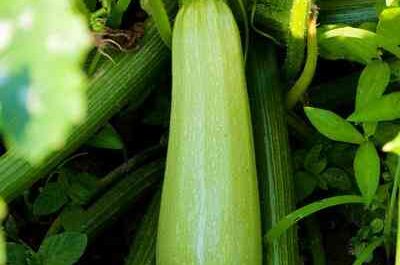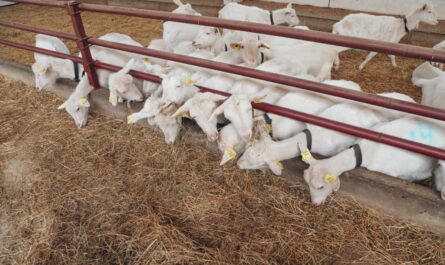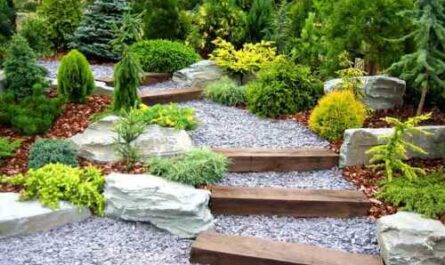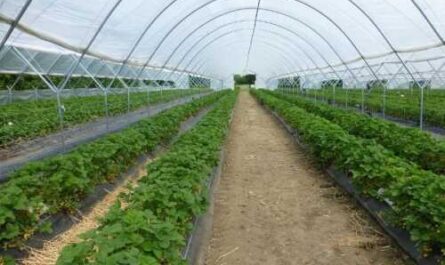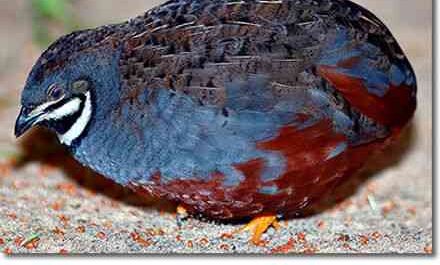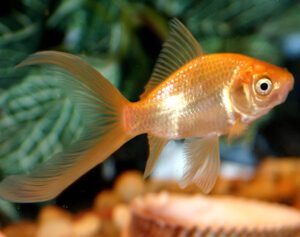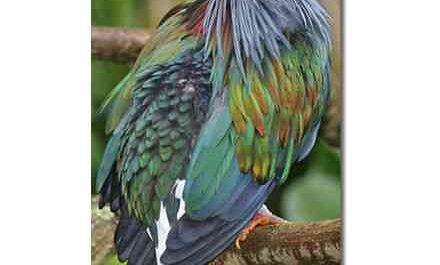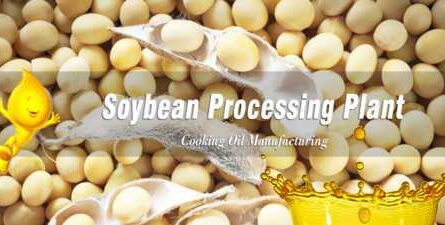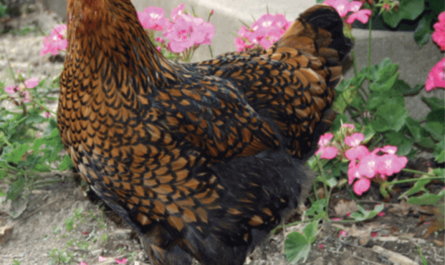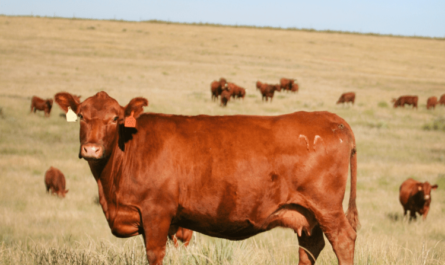Growing parsnips in your garden is very easy. If you are a beginner home gardener, you should try growing parsnips in your garden. Pasternak (pastinaca sativa) is actually a root vegetable and is closely related to carrots and parsley.
Parsnip is a hardy cool season crop that is usually best harvested after a hard freeze. They require less maintenance and you can easily start growing parsnips in your garden.
Parsnips are not only delicious in soups and stews, but can also be used in a variety of ways. Raw parsnips are also excellent.
It is very nutritious and rich in vitamins and minerals (especially potassium). Typically, 100 grams of parsnips provide about 75 calories of energy.
Depending on the variety, raw parsnips contain about 5% dietary fiber, 0.3% fat, 1% protein, 5% sugar, and about 80% water.
And eating parsnips has potential health benefits. However, growing parsnips organically in your garden can be a great way to take advantage of this nutritious vegetable.
How to Grow Parsnips
Growing parsnips in your garden is very easy. Parsnip is actually a biennial, but is usually grown as an annual. They are very hardy, cool season.
And they are best harvested after severe frosts. However, here we cover everything about growing parsnips, from planting, care to harvesting.
Choose the variety
First, choose the right variety to grow parsnips in your garden. Avonresister, Cobham Improved Marrow and Gladiator are some good popular varieties you can choose to grow parsnips in your garden.
Buy seeds
After choosing the right variety, buy good quality seeds from one of the seed shops near you.
Growing parsnips is very popular with home gardeners. The seeds should therefore be readily available in your area.
Today, some providers are also available through the online store. So you can also consider ordering seeds online. Just make sure the seeds are of very good quality.
Best time to grow parsnips
Parsnip is a cool season crop and is best grown during the cooler months. They can even tolerate frost (they are best harvested after a hard frost).
Soil preparation
Parsnip grows well on sandy, loamy or sandy-loamy soils. They grow best in full sun, but also in partial shade.
Clay soils for growing parsnips should be avoided. However, prepare the soil before planting parsnip seeds by tilling it and adding organic fertilizer.
Loosen the soil to a depth of about 12 to 15 inches and mix in the fertilizer. Well-rotted, aged manure and homemade compost are great to use as fertilizer for growing parsnips. During soil preparation, remove stones and weeds from the soil.
plant seeds
Parsnips are grown from seed. So always try to use fresh seeds to grow parsnips organically in your garden.
After preparing the ground and applying organic fertilizer, level the ground and mark several rows.
Then sow the seeds at the rate of 2 seeds per inch at a depth of 0.5 inches. After sowing the seeds, germination can be expected within 2-3 weeks.
Care
After planting seeds, parsnip plants will require additional care. And additional care will ensure good plant growth and maximum yield. Here we will tell you in detail how to grow parsnips in your garden.
Fertilizer: There is no need to add additional fertilizers when growing parsnips if you have already prepared the soil well.
Watering: Sufficient watering is necessary to grow parsnips. Because without enough water, parsnips or growing roots will be tough and tasteless.
Mulching: Mulching will help preserve the soil as much as possible and will also help control weeds in the garden. Use organic materials for mulching, such as straw, hay, grass clippings, compost, dry leaves, etc.
Cannabis control: You must remove weeds when preparing the soil for growing parsnips. You can control weeds manually if you notice additional weeds. Weeds consume soil nutrients and hinder the growth of parsnip plants. It is therefore important to prevent them.
Dilution: Parsnips do not grow well if overcrowded. So cut the seedlings 3-6 inches apart.
Pests and diseases
Parsnip pests and diseases are relatively precipitous. Although aphids, leaf miners and carrot rust are common pests of parsnip plants.
You can destroy affected leaves or entire plants. Using homemade organic pesticides will also help prevent the spread of all these pests in your garden.
Harvest
Parsnips are not very fast growing vegetables. They will take up to 16 weeks to mature. You can leave parsnips in the ground for a few frosts, but harvest them before the ground freezes.
Use a thick layer of mulch if you leave them in the ground over winter and harvest as soon as the ground thaws in the spring. In fact, these parsnips will be much sweeter than the fall harvest.
These are common ways to grow parsnips organically in the vegetable garden. Hope you enjoyed this guide! Happy gardening 🙂
video




